
‘A monster in space’: Astronomers just found a 36-billion-solar-mass black hole
Produced by: Manoj Kumar

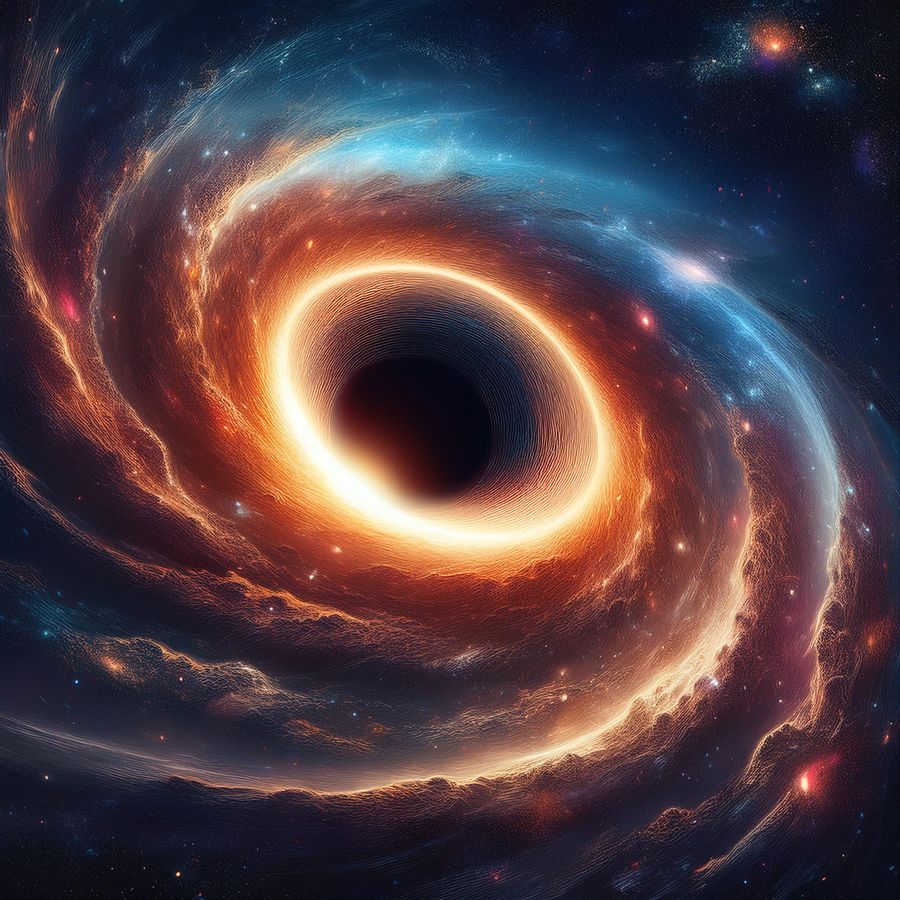
Hidden Giant
A 36-billion-solar-mass black hole lurks in the Cosmic Horseshoe galaxy, making it one of the most massive ever detected. It’s rewriting what we know about black hole formation.
Representative pic
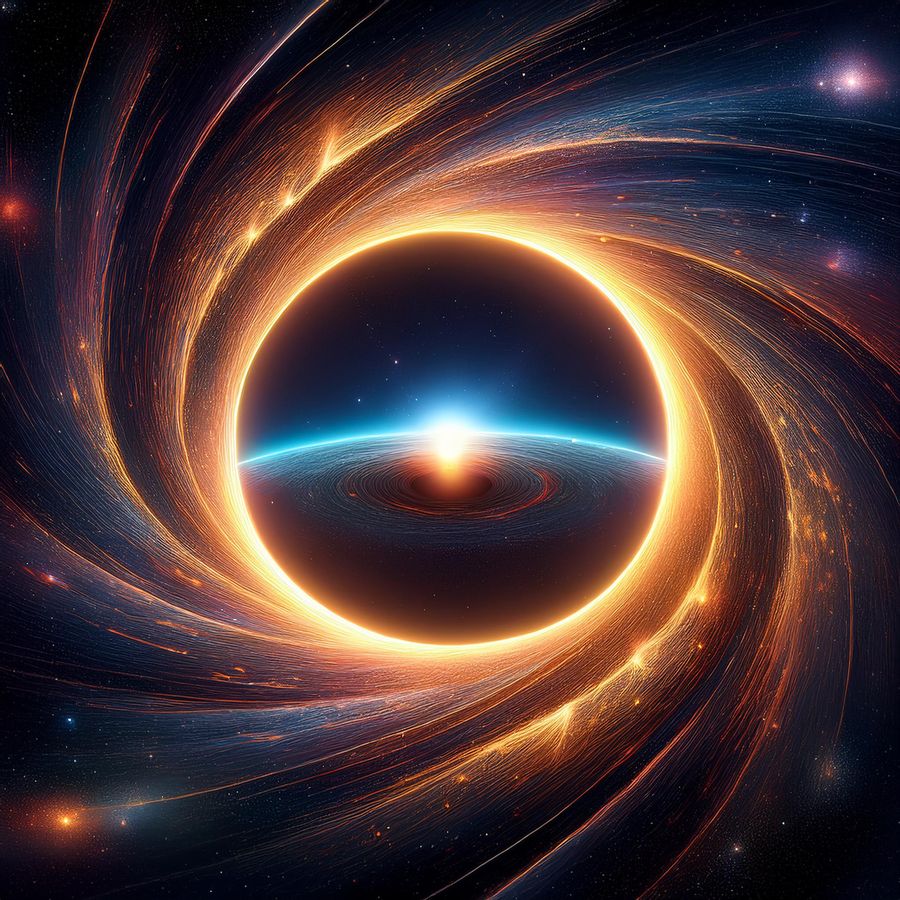
Gravitational Mirage
The Cosmic Horseshoe’s perfect Einstein Ring is caused by gravitational lensing, where a massive foreground galaxy bends light from a distant one—revealing secrets of deep space.
Representative pic
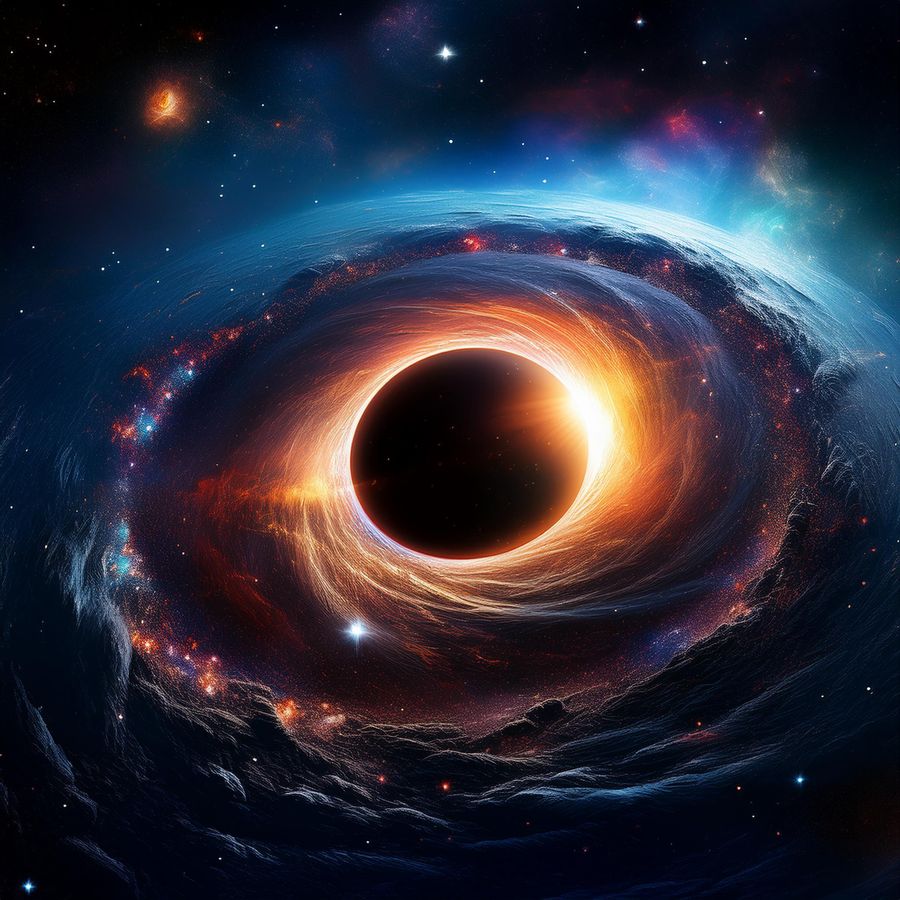
Ultra-Massive Scale
Scientists call black holes over 5 billion solar masses “Ultra-Massive Black Holes.” This one is nearly seven times larger than the biggest black holes in most galaxies.
Representative pic

Breaking the Rules
A black hole’s mass usually correlates with the speed of nearby stars, but this one defies the expected pattern, hinting at unknown cosmic forces at play.
Representative pic
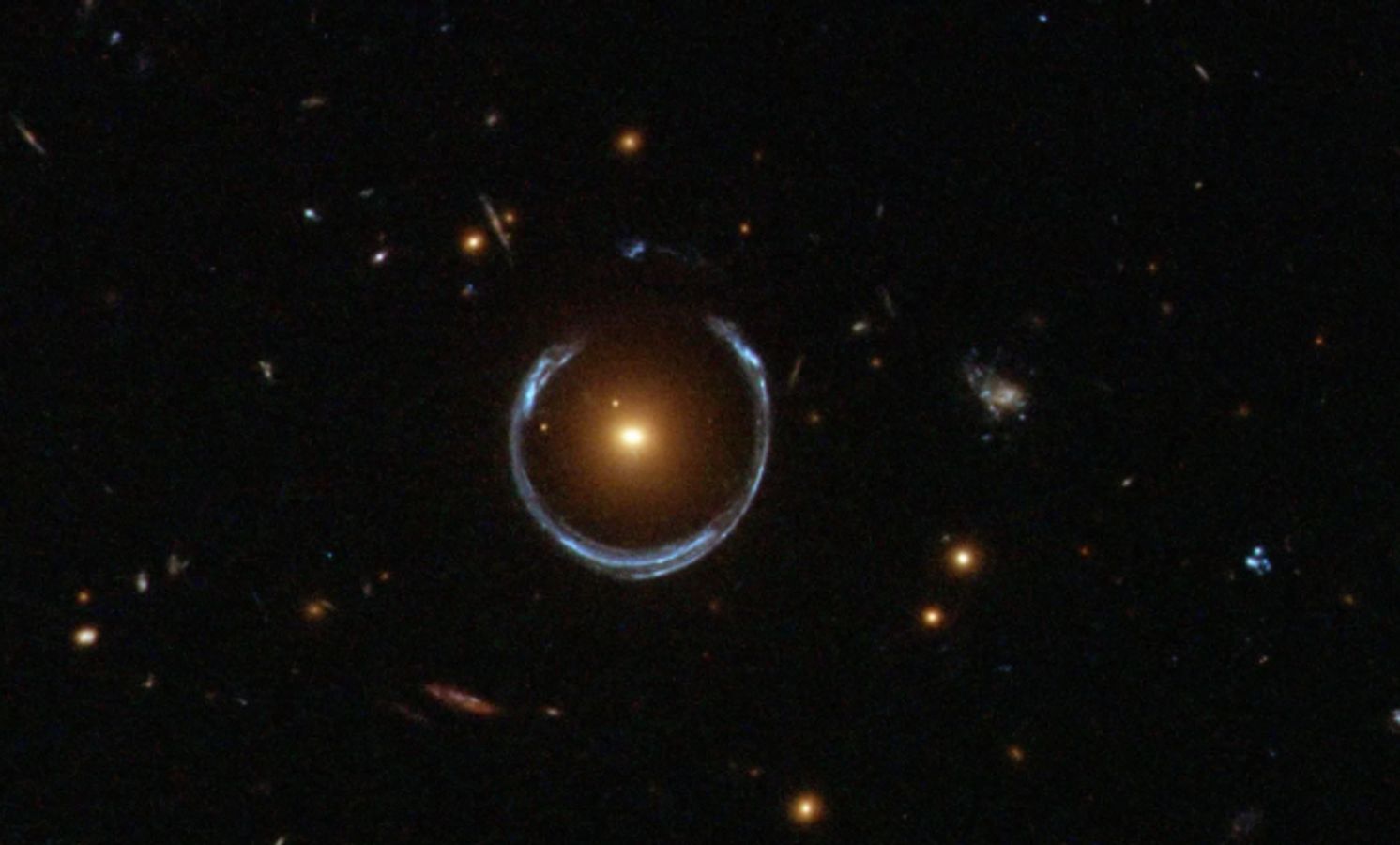
A Fossil in Space
The host galaxy, LRG 3-757, may be a fossil group—a remnant of ancient galactic mergers that left it isolated, shaping the extreme black hole at its core.
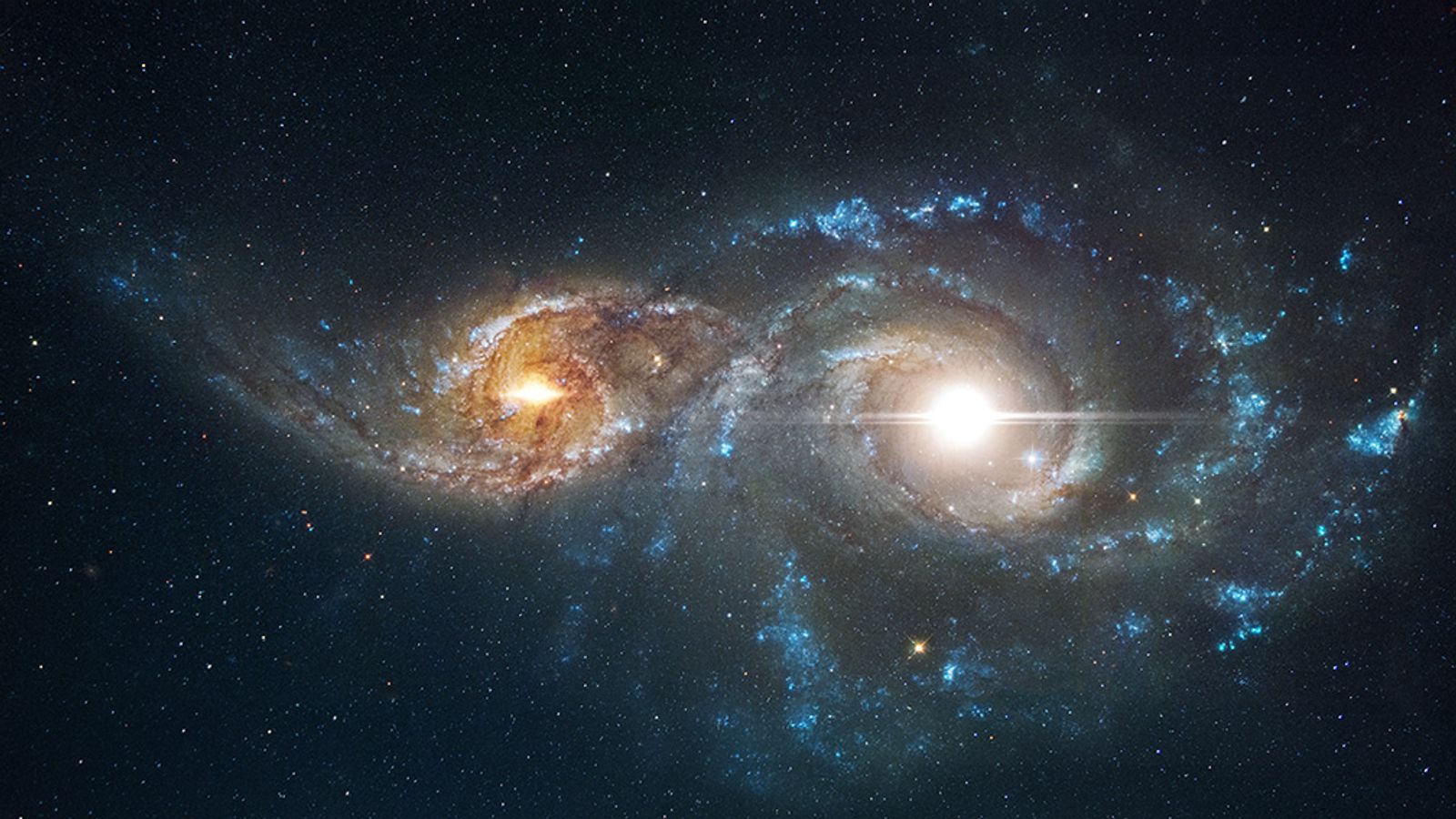
Galactic Devourer
When galaxies merge, their central black holes expel nearby stars, altering their growth. This process, called scouring, may explain why LRG 3-757’s black hole is so massive.
Representative pic

Echo of a Quasar
Some UMBHs may have been hyper-luminous quasars in the early universe. If true, this black hole was once a cosmic beacon before settling into obscurity.
Representative pic
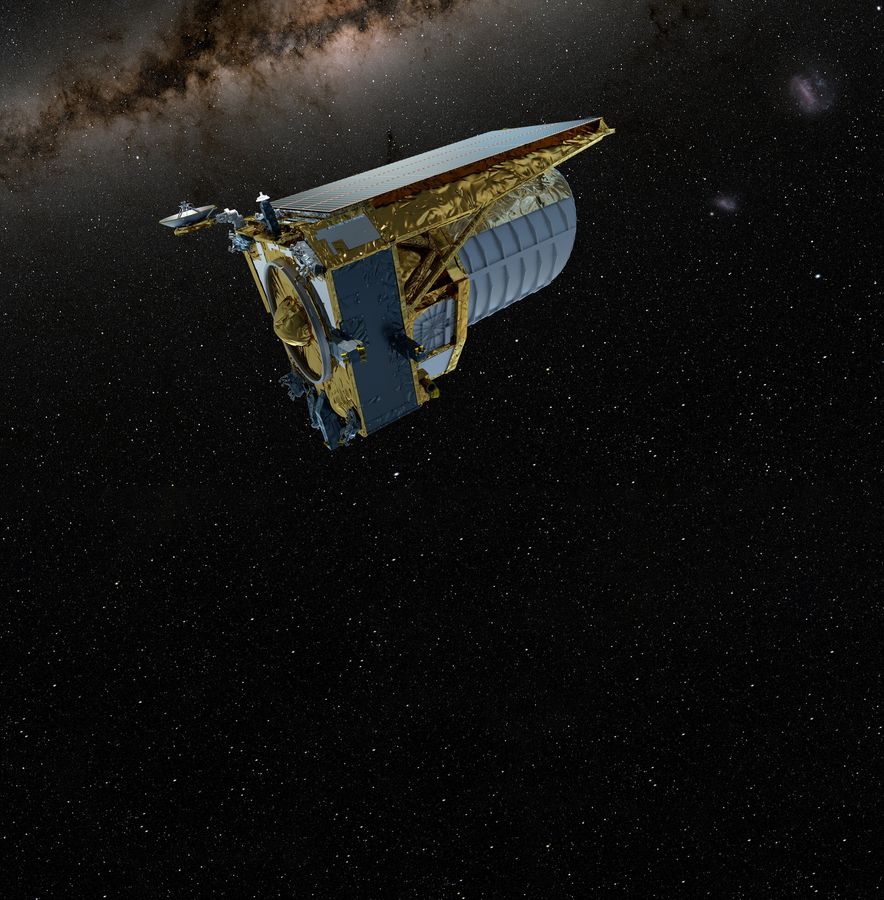
Next-Level Discoveries
The Euclid mission and upcoming Extremely Large Telescope (ELT) will uncover thousands of gravitational lenses, leading to more record-breaking black hole finds.
Representative pic

A New Cosmic Puzzle
Does the biggest black hole form before or because of a massive galaxy? The Cosmic Horseshoe raises new questions about how these celestial giants evolve.
Representative pic